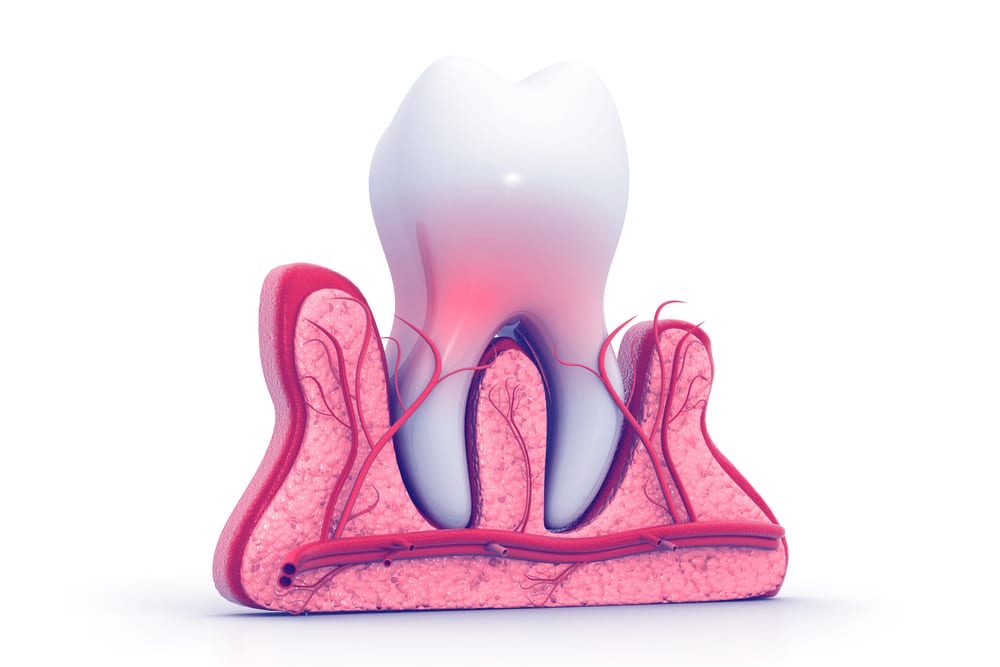A root canal procedure, especially after treating cavities and severe periodontal disease, often shows positive results when performed correctly. When the tooth’s nerve is removed and the infected tissues are dissolved, you can expect a correct procedure that the tooth will heal properly. For some people, that isn’t always the case. Sometimes, after that tooth gets a root canal, the tooth doesn’t heal as anticipated. There some form of discomfort long after the procedure, and thus would need to schedule an appointment with either an endodontist or periodontist for an evaluation.
Suppose you’re most recently recovering from a root canal and find yourself still suffering from pain. In that case, it’s essential to recognize the reasons behind why you have healed and why retreatments are necessary.
What Caused My Root Canal To Not Heal?
Root canal treatments, when they’re correctly cared for, last a lifetime. However, some endodontic treatments require retreatments. Retreatments involve correcting the abnormality with the tooth and help prevent any further signs of infection and decay from within the tooth. If you’re experiencing some signs of tooth pain and sensitivity after a root canal procedure, these circumstances could be the potential culprits:
• Delays in Placing Crowns On The Tooth
• New Infection Arose Causing Decay
• Hidden Micro-fractures Inside the Tooth
• Odd Shaped Canals Inside The Root
Even with proper care, teeth that most recently had a root canal can often develop new problems. However, with those new problems, you can have a second chance to retreat the canal, remove any signs of infection or decay, and help preserve the tooth back to health.
How Does Endodontic Retreatment Work?
For periodontists performing this treatment, the retreatment process begins with removing the crown or filling that has access to the filling material inside the tooth. Once the root canal material is removed, the periodontist will observe the tooth using special lighting to monitor any missed canals, unusual growths, or infections that may have gotten into the canal. After the issue is diagnosed correctly, your periodontist will remove any infections or excess tissues within the canal and help reshape the canal so that any narrow chambers can be addressed. After treatment, the periodontist will close up the canal with either filling or a temporary crown and will help track your recovery over time.
Should I Choose Retreatment or Tooth Extraction?
Choosing either of these options will require a lot of consideration by both your dentists and your own oral health. Root canals that require retreatments all depend on the diagnostic provided to you by your dentist, and in many cases, tooth extractions are only necessary if the tooth cannot be saved. To best determine this answer, speak with your dentist about your options, and see what treatments will work best for you.
For more information about root canals, retreatments, and other periodontal treatments, we suggest you contact Dr. Jean Li at Perio & Implant at Washington Metro, located in Rockville, MD, for more information about these services.



